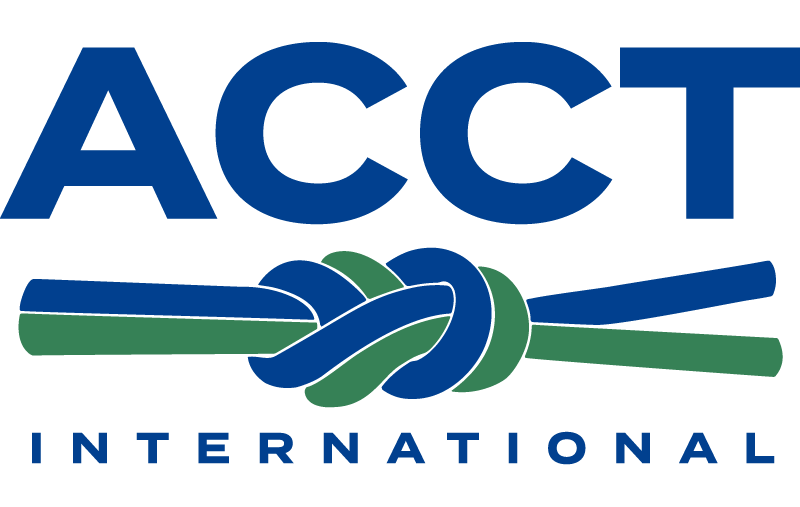IMPORTANT ACCT ADVISORY FOR DUAL LEG LANYARDS
ADVISORY NOTICE FOR DUAL LEG LANYARDS
from the ACCT Design, Performance, and Inspection Standards Committee
A recent incident has brought to our attention that dual leg lanyards used in Personal Safety Systems common in our industry can expose users to the risk of unrecoverable entrapment of the head and trauma to the neck.
This risk can exist during the normal and expected use intended by the manufacturers of these systems and can exist on aerial adventure courses approved for use by reputable vendors. Since stumbling and falling out of control are inherent risks of aerial adventure courses, the uncontrolled placement of neck and head between the two lanyard legs is a very real possibility. It is difficult to imagine how to fully mitigate this risk through instruction or monitoring of guests and staff without destroying the character and value of the aerial adventure course, or other similar experience.
Because the overall Life Safety Systems vary in design, close consideration of and interaction between the horizontal lifeline and the components of the Personal Safety System is recommended. Based on feedback we have recently received from vendors, the following factors (and there may be others) deserve your careful consideration
- The distance between the harness attachment point and the junction point of the two lanyard legs (the lowest point of the loop created when both lanyards clips are attached to the lifeline)
- The characteristics of the junction point of the dual lanyards
- Harness fit
- The upward movement of the lanyard/harness main connection point in the event of a fall
- The characteristic of asymmetric (different length) lanyards does not, by itself, eliminate the risk
- Height of the horizontal lifeline and lanyard length do not appear to be significant factors in relation to this hazard
- Recovery from an entrapment by standing or pulling oneself up does not appear to be an acceptable solution
We are suggesting the following when using or designing a Dual Lanyard system:
- Do not assume the lanyard manufacturer has eliminated the possibility of this risk in its design
- Understand the harness and lanyard manufacturer's instructions when designing the Life and Personal Safety Systems and the parameters for use of their products. Consult the lanyard manufacturer if clarification is needed regarding any compatibility issues with the harness.
- Ensure that the dual lanyard junction is a fixed and understood distance from the harness connection hard point with respect to participant size and harness design
- Carefully consider this critical distance in the total Life Safety System design and equipment selection
- Consider all shapes and sizes of the expected users
- Fit harness so that the harness hard connection point cannot migrate beyond its intended point, unless this is an intended action of the total system
- Consider the effects that a helmet may have in the system
We strongly suggest to all those who have any relation to these systems to reconsider the risk potential in these systems, and to examine the geometric configuration and operational characteristics with a specific focus on the risk of head entrapment and neck trauma.
For questions regarding this Advisory Notice, please contact membership@acctinfo.org.
